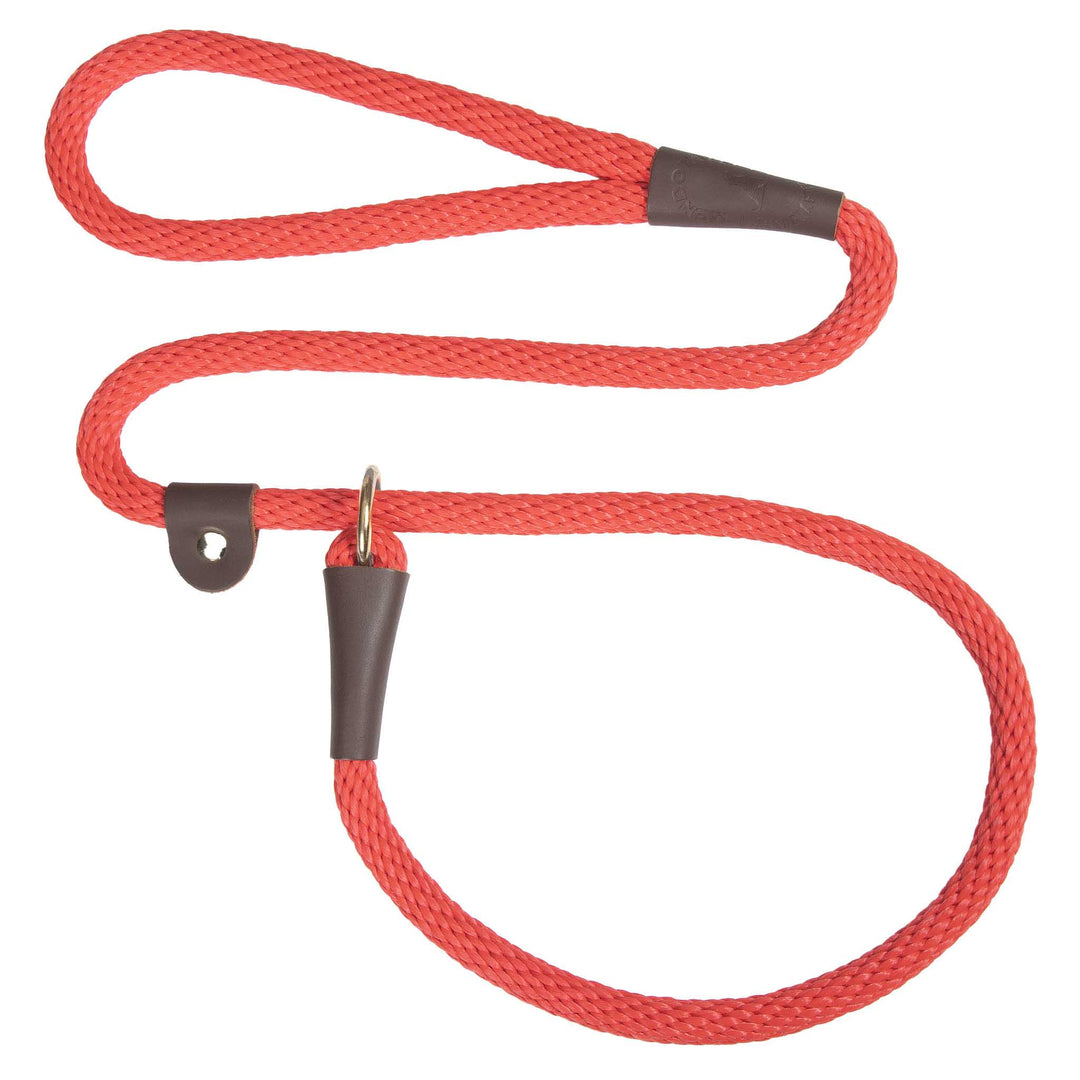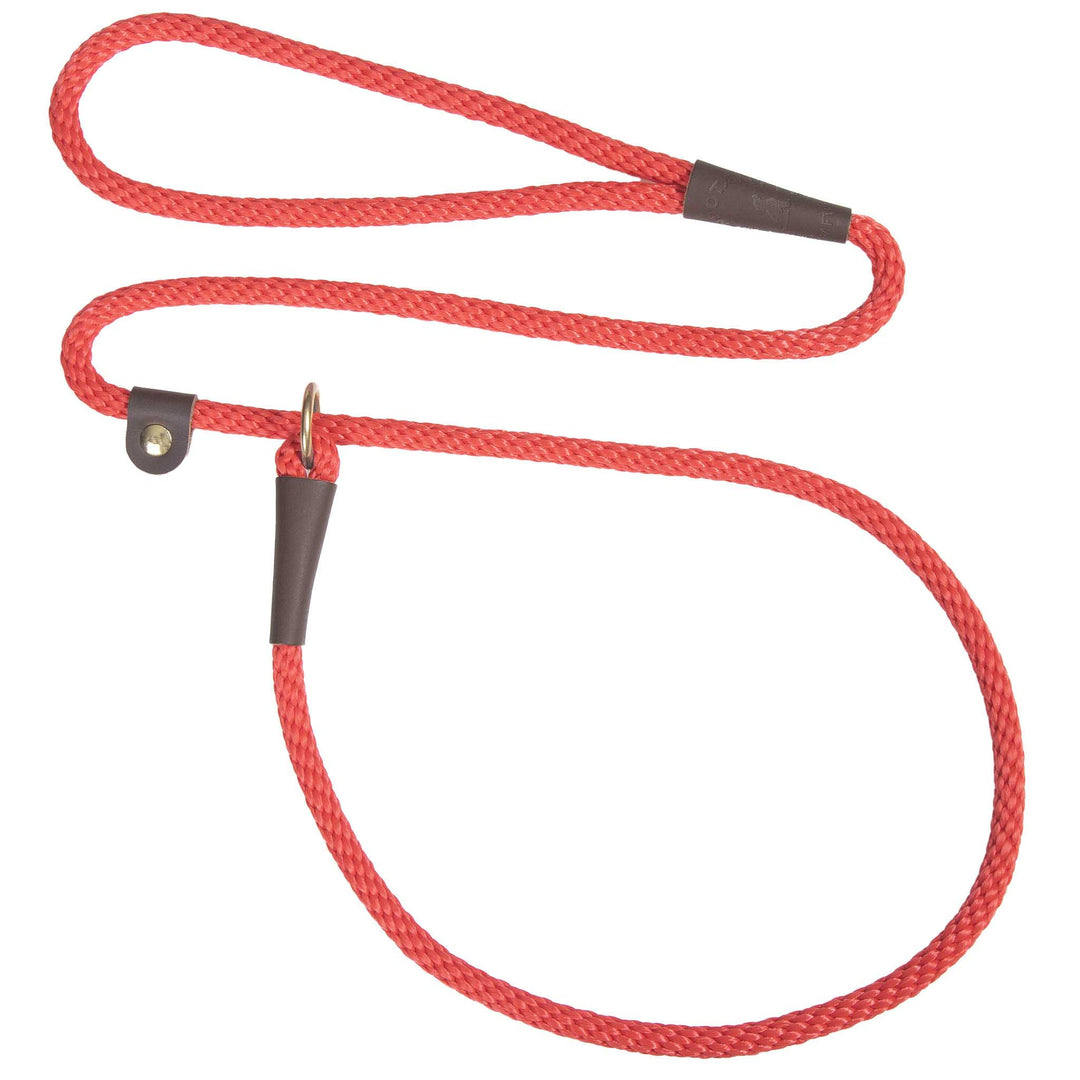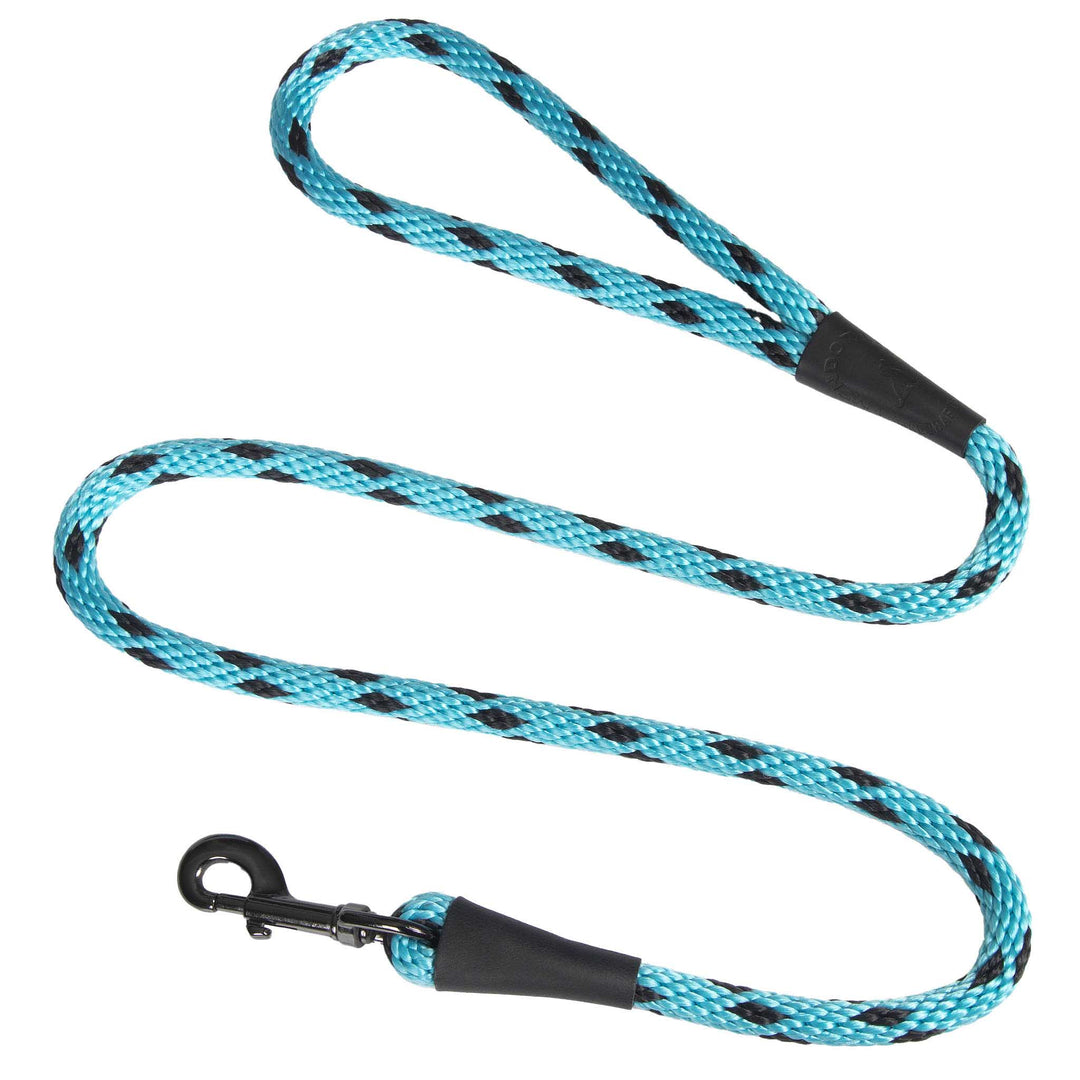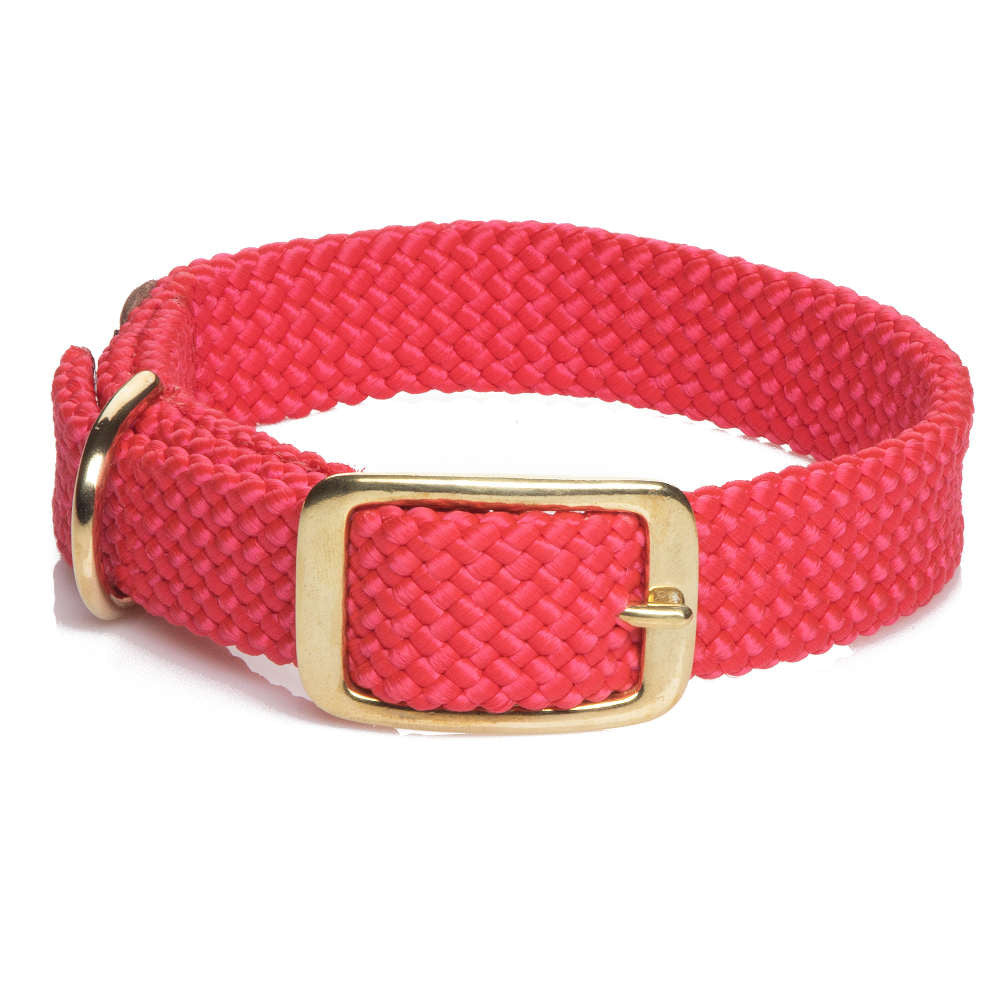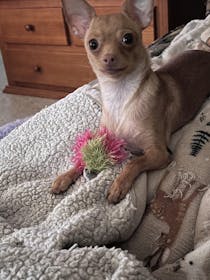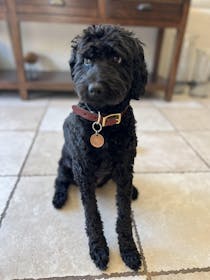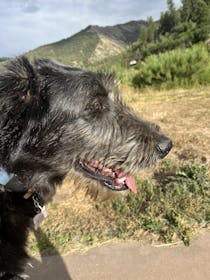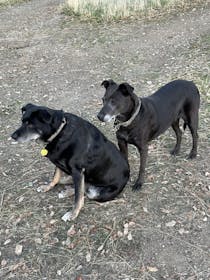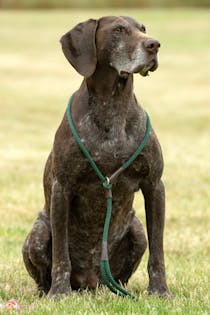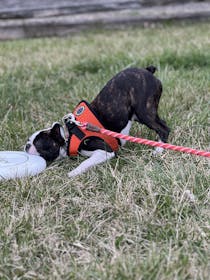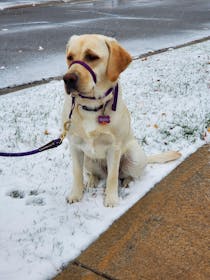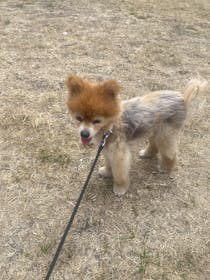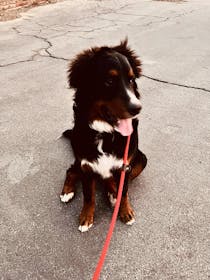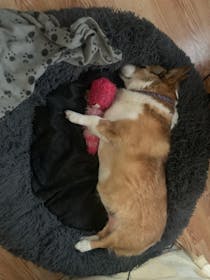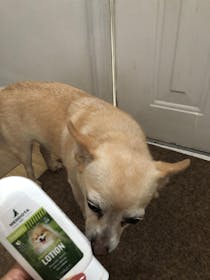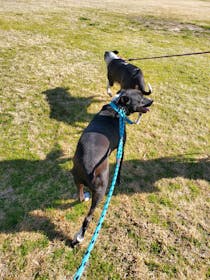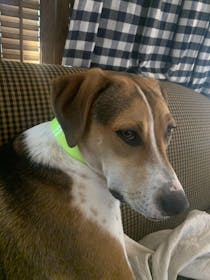Train Your Dog with Mendota Pet
January is National Train Your Dog month, but we feel it's important enough to discuss all year long.
When you first bring a new pet into your life, you may believe your dog is capable of anything - and let's face it, they probably are. But, just like kids, dogs need guidance to achieve their potential - and It's important to understand their limits, as well as their potential. The majority of dogs have a very limited attention span. They benefit far more from short, "single trick" instruction throughout a day than they do from long training periods.
A Dog's Attention Span
You may be surprised that studies suggest dogs and humans can only remember about seven items (whether it be toys, treats, or tasks) for a few seconds at a time. This span of time for many animals (including dogs, cats, humans, and chimpanzees) is around 27 seconds.
That’s why we’re looking at five of the most important commands to teach your pet and how you can do it easily with Mendota Pet Products.
Choosing a Reward - Low Value vs High Value
Training includes differentiation of "rewards". When your dog pulls off a difficult "ask", they should be rewarded with the higher-value treats or toys. During regular training sessions, choose the treats they value slightly less. Your dogs’ most prized treats will vary dramatically according to the dog. Some dogs prefer food rewards over all else. Others prefer a ball toss or a favorite toy, and still others prefer owner praise.
Our Salmon Training Sticks are perfect "high-value" treats. They are delicious, nutritious, and easily split into tiny treats for rewards. Whatever you choose, make certain you have worked the calorie count into your dog’s diet and reduced their daily food, if necessary.
Once you've found your perfect combination of training treats and picked up your equipment, you can begin training!

1. How to Train Your Dog to Sit-Stay
Purpose: To signal your dog to sit and stay even during distractions. Sit-Stay is a first command to teach your dog because from the sit-stay, you can begin teaching other commands.
Equipment: Long line and/or Check Cord(s) *
*Mendota Pet Check Cords are available in 20-ft, 30-ft, and 50-ft lengths. These cords do not have a handle but are easily tied off to create one at home. They are ideal for dogs learning to retrieve or being taught to come at longer distances.
Process: Place your dog in a sitting position and hold up your hand, palm facing front, and tell your dog to Stay. Take a few steps back, keeping your dog in a sitting position. Reward each successful stay with a treat. As your dog progresses, practice with the long line moving further away from the animal. You should only move a few steps away at a time.
Continue the process until you've reached 15-ft, 20-ft, 30-ft and 50-ft.
2. How to Train Your Dog to Come
Purpose: Ensure your dog returns to you when called, even when distracted.
Equipment: The EZ Trainer was designed in cooperation with a leading dog trainer of obedience and field. It is easier to use than other head halters and harnesses. It is designed to teach heeling, sitting, to stop jumping and the "whoa" command. You can also use Mendota Pet's 15’ Long Snap Leash or our Check Cords to teach dogs to return on command.
How to Train: “Come” is an essential command for all dogs and should be trained early with frequent reinforcement. Attach leash to your dog and stand about four feet away. Ask your dog to come while gently pulling the lead towards you.
3. How to Train Your Dog To Heel
Purpose: To teach your dog when he is allowed to take a ‘sniff walk” and when to focus on you.
Equipment: 6-ft or 4-ft snap lead, 6-ft or 4-ft slip lead, or traffic lead
How to Train: Begin by holding your dog’s lead with your right hand, as the dog calms on your left side. Using your left hand, hold a treat near his mouth to guide your dog while walking. Walk a few steps, then praise and reward.
Our slip leads can also be turned into emergency harnesses. This is not what they are designed for, but are easily modified into a harness. Here's how:
4. How to Train Your Dog to Leave It or Take It
Purpose: To keep pets from picking up food or other items while walking or when dropped in a house or yard. This command may one day save your dog’s life. By teaching them that it is not okay to accept treats from strangers, or to eat something they find in the yard, you could save your dog from poisoning, ingestion of foreign objects, and so much more.
Equipment: Traffic Lead
How to Train: Begin the first few of these training sessions with “low value” treats. Temptation is hard for pets, so we like to make it as simple as possible for them to learn. Train your dog to “leave it” and “take it” simultaneously.
Place a treat or toy on the ground. Show the dog, then say “take it” and allow them to accept the treat. Give them a minute to play with or eat the treat, then offer the same treat or toy again.
Place the same type of treat or toy on the ground and this time, tell your dog to “leave it”. They may not always get this command the first (or even 10th) time, so be patient and don’t reward behavior you don’t want to encourage.
As they do it correctly, ask a friend or family member to offer your dog a treat while you use the leave it or take it commands. Reward successful takes and leaves with increasingly high value rewards.
5. Train Dogs to Take a Treat Easy
Purpose: Teach your dog to take a treat, reward, toy or other item gently.
Equipment: Traffic Lead, if you are training a food-aggressive dog, be sure to take proper precautions. This may include a muzzle, thick animal handling gloves, or other items to keep yourself safe.
How to Train: Place a treat in the palm of your hand, covering with your thumb. Invite your dog to take it. Refuse to release treat if dog lunges, snaps or attempts to nip. When he has calmed, offer it to him again.
Holding the treat properly in your hand is the key to success. Should the dog discover you will drop the treat if he snaps at it, or can grab it from your hand without consent, you have lost an training opportunity.
Hold the treat by placing in the palm of your hand and covering with either your thumb or fingers by making a fist. Direct the dog to take the treat gently with the wrist or palm of your hand.
If at any time, the dog lunges or snaps for your hands, move them away and either use a muzzle for this training or begin by teaching a “leave it” command. Once a dog has learned a “leave it” command, teaching them to take the treat gently is much simpler.
As with all things, there are many ways to train a dog in basic manners. These are merely suggestions that we have found works well over the years. If you feel like you're in over your head, be sure to call a professional trainer or behavior specialist. Training is hard and requires a lot of commitment, but your pet deserves your best!



